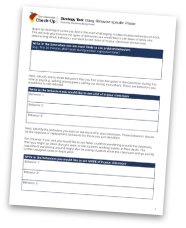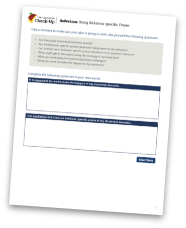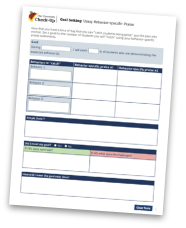Strategy: Using Behavior-specific Praise
Check-Up Menu > Using Behavior-specific Praise
How To
- First, identify any behaviors you want to see less of in your classroom (e.g., noncompliance, not completing work).
- Next, identify the opposite of this problem behavior (e.g., following directions the first time, completing work in a timely manner).
- Next, develop behavior-specific praise statements you can use to “catch” students when they are displaying the behavior you want to see more of (e.g., “Thank you for following directions the first time.” “Great job getting right to work and finishing all the problems!“).
Example Videos:
Video Prompts:
- In this video, you will see a teacher using several strategies, including providing behavior-specific praise.
- Notice how she uses both individual and group opportunities to respond (see Increasing Opportunities to Respond).
- Listen for when the teacher says, “Let’s give Bailey a big hand for doing such a good job,” prompting the whole class to compliment a student.
- Lastly, notice how she uses behavior-specific praise (“I like the way people are raising their hands.“) to let students know it is important to raise their hands to answer.
- What did you like about how this teacher used praise in her classroom?
- How do you think Bailey felt when her class recognized her good work?
- How might you incorporate some of what you saw in this video into your daily teaching?
Video Prompts:
- Watch how this teacher uses behavior-specific praise when calling on a student to answer a question.
- How does using behavior-specific praise make it clear to students what the expectation is at that time?
Video Prompts:
- Listen for the behavior-specific praise statement, “I like how Brooke is ready to go with her learner look.”
- Notice how this teacher provides feedback to the students who are demonstrating they are ready by having a “learner look.”
- The “learner look” would be taught to the students by the teacher prior to use (see Teaching Behavior Expectations).
- How can using behavior-specific praise help get students not ready to get on task more quickly?
- What did you like about how the teacher used behavior-specific praise?
- How do you think it made that student feel?
- How might other students respond after hearing the teacher?
- How might you use this strategy in your classroom?
Strategy Tool

Reflection

Goal Setting

References to Other Relevant Resources:
Good, T. & Brophy, J. (2003). Looking in classrooms. (9th edition). Boston, MA: Allyn and Bacon.
Rathvon, N. (1999). Effective school interventions: Strategies for enhancing academic achievement and social competence. New York, NY: Guilford Press.
Reinke, W. M., Herman, K. C., & Sprick, R. (2011). Motivational interviewing for effective classroom management: The classroom check-up. New York, NY: Guilford Press.
Sprick, R., Knight, J., Reinke, W., Skyles, T., & Barnes, L. (2010). Coaching classroom management: Strategies & tools for administrators and coaches. Eugene, OR: Pacific Northwest Publishing.
Stormont, M., & Reinke, W. M. (2009). The importance of precorrection and behavior-specific praise strategies. Beyond Behavior, 18, 26-32.


